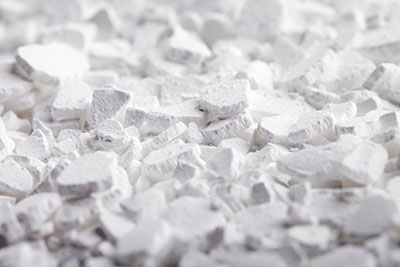 People living with kidney disease are prone to developing secondary complications, and now a study by a group in BC’s Fraser Health region is shedding light on risk factors for a particularly dangerous one called calciphylaxis. The results suggest that peritoneal dialysis, and taking medications such as sevelamer and warfarin, are associated with increased risk.
People living with kidney disease are prone to developing secondary complications, and now a study by a group in BC’s Fraser Health region is shedding light on risk factors for a particularly dangerous one called calciphylaxis. The results suggest that peritoneal dialysis, and taking medications such as sevelamer and warfarin, are associated with increased risk.
“Calciphylaxis is a condition where calcium accumulates in the blood vessels or adipose (body fat) tissue, which causes skin ischemia (poor blood flow) and necrosis (where the tissue dies),” explains Ashley Jang, a clinical pharmacist at Burnaby Hospital who helped co-lead the study. “It’s really rare, but can be lethal.”
An estimated 1-4% of dialysis patients go on to develop calciphylaxis, which has a mortality rate of 50% at 12 months. Jang’s team was interested in identifying risk factors associated with the condition, which could help doctors more closely monitor patients who are at increased risk.
They began by analyzing the medical records of dialysis patients who have been treated for calciphylaxis in the Fraser Health region over a three-year period, comparing these data to patients who did not develop the condition.
The results show that, generally, older women with high body mass index may be more susceptible to developing calciphylaxis. But the top three factors found to be associated with developing the condition were peritoneal dialysis (6.6 times increased odds), and the use of sevelamer (8.6 times increased odds) and warfarin (5.1 times increased odds).
“The results regarding peritoneal dialysis were somewhat surprising,” says Jang, noting that this finding may need further investigation through follow-up studies. On the other hand, the data showing that the medications, sevelamer and warfarin, are associated with increased risk of calciphylaxis are consistent with the literature, and underscore the need to monitor these patients closely.
Mark Ho, a clinical pharmacist at Royal Columbian Hospital, was also involved in the study. He says these results can help clinicians be more cognizant of the calcium binders they prescribe to patients at high risk of calciphylaxis, and perhaps prompt them to monitor patients on warfarin more closely as well.

